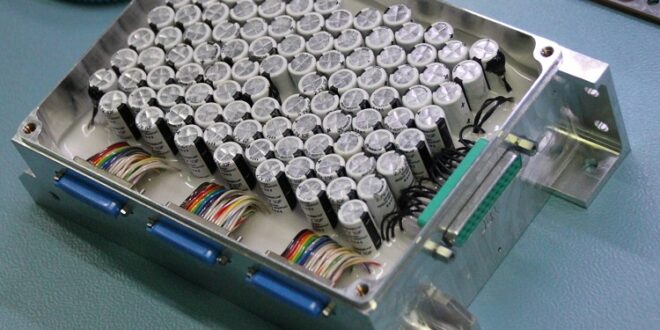Supercapacitors, for years, have been a part of mundane jobs like short-term backup supplies and circuit protection. With the world talking more about renewable energy and energy harvesting methods, supercapacitors are now promoted to power IoT devices and wearables.
Supercaps produced by top companies like cap-xx.com are now at large, especially in the IoT industry. Thanks to the endless advantages, Supercaps are slowly replacing the standard batteries as well.
So how do supercapacitors power IoT devices effectively?
What Are IoT Devices?
The Internet of Things is something that is becoming more and more popular around the world. IoT is a worldwide network of interconnected jobs based on standard communication protocols. When you live in a world where everything is connected, you will naturally look forward to using centralized applications with the capacity to make lives easier.
From smart homes to health monitoring devices, logistics, RFID tags, and industrial manufacturing, IoT devices are now at large. Each one of these devices has a commonality. When it comes to the energy factor, all the IoT devices turn out to be energy-constrained.
The power density of the available batteries does not live up to the requirements. This naturally calls for the usage of large batteries. But using large batteries in IoT devices to boost the power can essentially limit the usage of machines. Though energy harvesting can be an option, it again imposes challenges like fluctuating energy and more.
Yet, all hope is not lost. Supercapacitors show considerable potential when it comes to effectively powering IoT devices. How do they do it?
Supercapacitors for the Win
If the IoT devices charge slowly and come with a low shelf-life, it becomes a liability rather than benefiting the user. But, supercapacitors are now creating new possibilities to power IoT devices and are considered a suitable replacement for short-lived batteries.
How Does It Power IoT Devices?
Supercapacitors, also called electrochemical capacitors or ultracapacitors, use thin electrolytic dielectrics and high surface area materials to power the devices better than different types of conventional capacitors. This way, they manage to achieve high energy densities and at the same time maintain all the characteristics of a traditional capacitor.
Usually, supercapacitors come with a double layer of capacitors along with high capacity and low voltage limits. The supercapacitor has two activated carbon-coated metal plates. Because of this, they can store more charge without taking up a lot of space.
Supercapacitors can charge IoT applications that operate in the range of 1.8V to 2.5V. The metal plates are set in the electrolyte, consisting of solvent with dissolved negative and positive ions. On introducing voltage, two different charge layers are produced with lesser separation distance.
Why Is It A Good Choice?
As supercapacitors work with two layers, they are also referred to as EDLCs, double-layered electric capacitors. They tend to last up to ten to twenty years and provide high load power and current to charge an IoT device in a short time.
These characteristics are what make supercapacitors the best match for IoT applications and wearables.
Supercapacitors being one of the best-emerging energy storage techs, contribute a mountain to the functioning of IoT devices. It is also safe to say that they will play an essential role in the future of the industry.
 HammBurg Be informed with latest news, reviews, entertainment, lifestyle tips, and much more.
HammBurg Be informed with latest news, reviews, entertainment, lifestyle tips, and much more.




